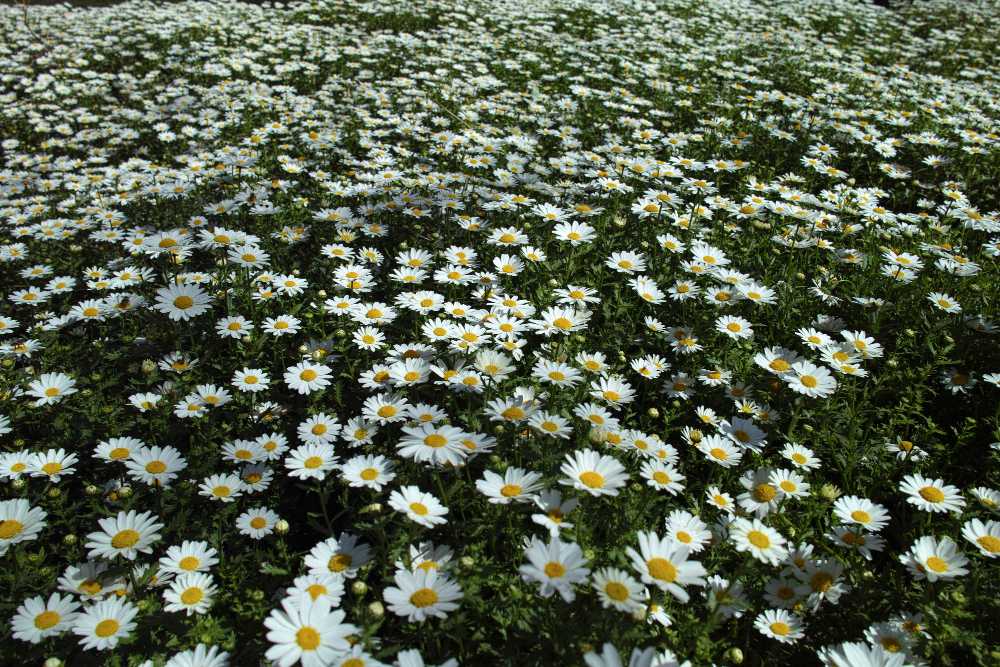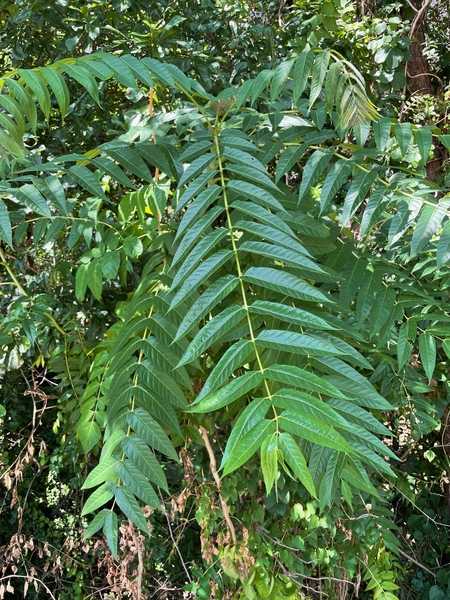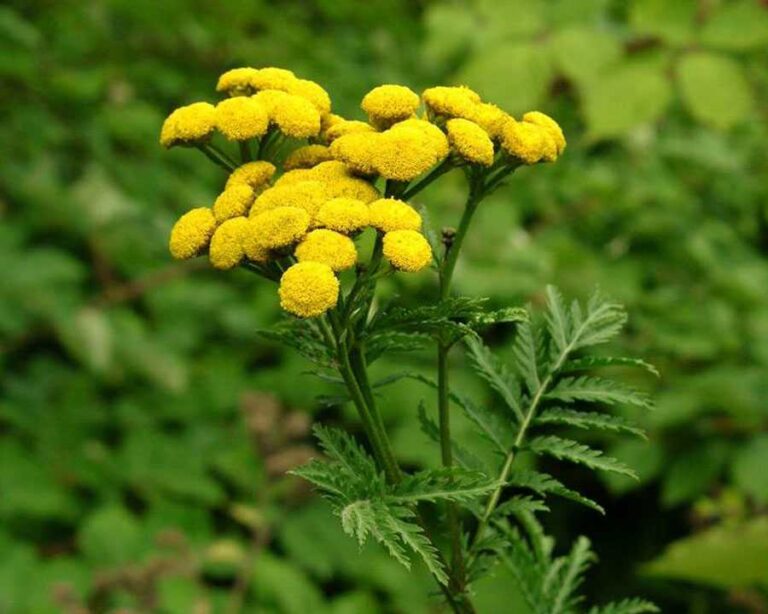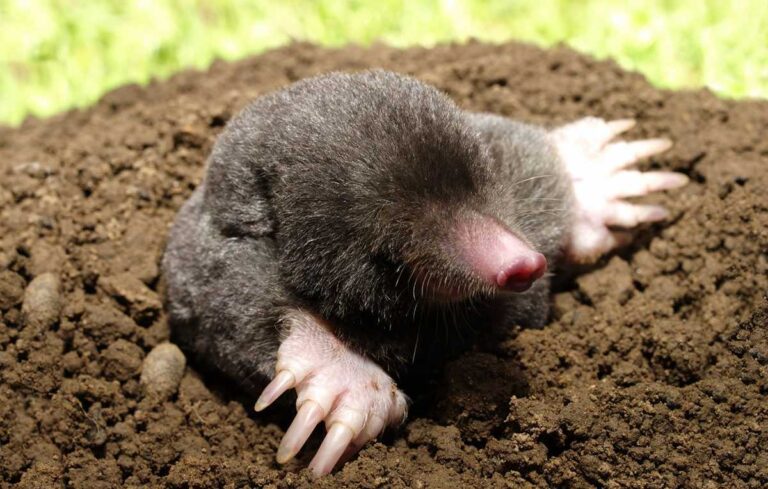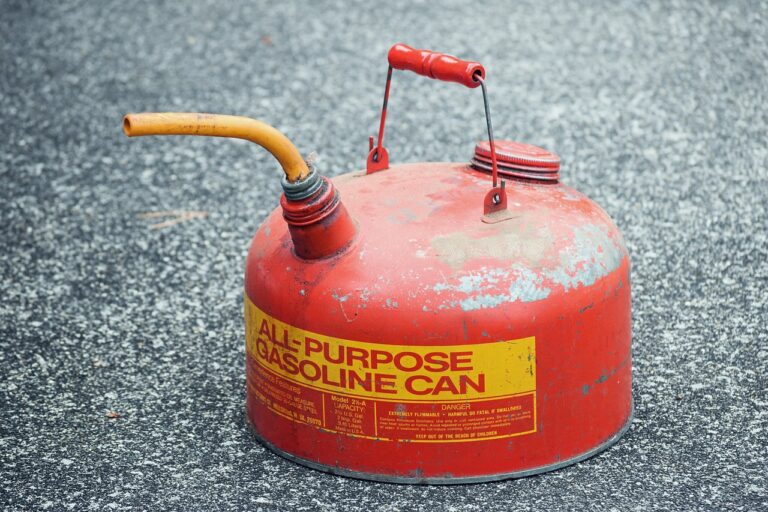20 Weeds with White Flowers: Effective Control Strategies
A well-tended lawn is the quintessential backdrop to any beautiful home, a canvas of lush greenery that complements the architecture and landscaping. However, maintaining that picturesque lawn can become a formidable challenge when it’s besieged by an array of unwelcome invaders known as weeds.
Among the numerous varieties of weeds that can encroach upon your meticulously maintained lawn, there is a group that stands out for its dainty yet persistent appearance—weeds with white flowers. Identifying and tackling these white-flowering weeds promptly is the key to preserving the beauty and health of your outdoor space.
White Flower Weed In Lawn
A white flower weed in lawn is a common nuisance, disrupting the lush green canvas homeowners strive for. These invaders not only detract from the visual appeal of your lawn but can also compete with desirable grass for nutrients and space. Effective control methods, including hand weeding and targeted herbicide application, are essential to maintain a pristine lawn.
Below, we’ll look at 20 weeds with white flowers and how to control them:
1. Common Chickweed (Stellaria media)
Chickweed is a widespread weed common in lawns across North America and Europe. These white-flowered weeds are typically around 1 cm in diameter and have five deeply lobed petals that give them the appearance of tiny white snowflakes. While its star-like white flowers can be surprisingly charming, it’s often a nuisance in lawns.
Control: Hand weeding is an effective method for dealing with chickweed in small areas. Ensure you remove the entire plant, including the roots. For larger infestations, consider using a post-emergent herbicide labeled for chickweed control. Applying it in the early spring or late fall when chickweed is actively growing can yield the best results.
2. Yarrow (Achillea millefolium)
Yarrow is another weed with white flowers that deserves a closer look. Yarrow is characterized by its feathery, fern-like leaves and flat-topped clusters of tiny, white flowers. These blooms can vary in shade from pure white to creamy ivory. What makes yarrow particularly fascinating is its rich history of medicinal and cultural significance.
Control: Regular mowing or cutting can help prevent white flower weed in lawn from flowering and producing seeds. Hand-pulling is effective for smaller infestations, but be sure to remove the entire root system. In larger areas, consider using post-emergent herbicides labeled for yarrow control.
3. Dandelion (Taraxacum officinale)
The dandelion is often considered one of the most notorious yet captivating weed with white flower in lawn. Its fluffy seed heads are well-known, but its early bloom stage reveals delicate white flowers atop a slender stalk. Each flower head is composed of numerous tiny florets, collectively forming a captivating, globe-shaped cluster.
Control: Frequent mowing can prevent dandelions from flowering and setting seeds. Hand weeding can be effective for small populations, but ensure you remove the entire taproot to prevent regrowth. For larger infestations, consider using broadleaf herbicides that specifically target dandelions.
4. Daisy Weed (Bellis perennis)
Daisy weed, scientifically known as Bellis perennis, is a common lawn weed that often catches the eye with its charming white and yellow daisy-like flowers. Although its blossoms may seem innocent and pretty, this perennial weed can quickly invade your lawn if left unchecked.
Control: For small infestations, hand-pulling daisy weeds can be effective. Ensure you remove the entire plant, including the roots, to prevent regrowth. Mowing your lawn regularly can also keep daisy weed in check. Frequent mowing prevents the weed from producing flowers and setting seeds, reducing its ability to spread.
5. White Clover (Trifolium repens)
White clover is a low-growing weed with small white, ball-like flower clusters. It’s often found in lawns and is known for its ability to fix nitrogen in the soil. While some gardeners intentionally cultivate this white flower weed in lawn for its nitrogen-fixing properties, it can become invasive in lawns and out compete grass.
Control: To control white clover, maintain a thick, healthy lawn by regular mowing and fertilizing. Hand-pulling is effective for small patches, but ensure you remove the entire plant, including the roots. Broadleaf herbicides that target clover can be used for larger infestations but follow label instructions to avoid harming desirable grass.
6. Queen Anne’s Lace (Daucus carota)
Queen Anne’s Lace, also known as wild carrot, is a biennial weed known for its lacy, white, umbrella-like flowers that closely resemble domestic carrots. While its delicate appearance can be charming, this weed can be invasive in gardens and roadsides.
Control: To control Queen Anne’s Lace, regular weeding is crucial, especially during the first year of growth when it forms a basal rosette of leaves. Hand-pulling is effective, but it’s important to remove the entire taproot to prevent regrowth. Mowing can also help prevent seed production.
7. Bindweed (Convolvulus arvensis)
Field Bindweed is a twining perennial weed with white, funnel-shaped flowers. It’s considered invasive in many regions due to its aggressive growth. Controlling bindweed can be challenging due to its extensive root system and resilience.
Control: To manage bindweed, start by regularly pulling and cutting the vines to prevent them from flowering and producing seeds. Digging out the roots, which can penetrate deep into the soil, is another option, but it requires persistence. Applying a thick mulch layer and using ground covers to shade out the weed can be helpful.
8. Hedge Bindweed (Calystegia sepium)
Similar in appearance to Field Bindweed, Hedge Bindweed has heart-shaped leaves and white, trumpet-shaped flowers. It’s a climbing perennial weed that can quickly engulf other plants and structures, making it a formidable weed in gardens and landscapes.
Control: To control hedge bindweed, begin by removing the aboveground growth and cutting it back to ground level regularly throughout the growing season. This will weaken the plant over time. Herbicides containing glyphosate can be effective for killing the root system, but be cautious not to overspray onto desirable plants.
9. Sheep Sorrel (Rumex acetosella)
Sheep Sorrel is a common weed with arrow-shaped leaves and tiny greenish-white to white flowers. It’s often found in grassy areas and is part of the dock family. It often invades lawns, competing with grass for resources.
Control: Controlling Sheep Sorrel involves regular maintenance practices. Frequent mowing can prevent it from flowering and producing seeds. Hand-pulling is effective for small infestations, and selective herbicides for larger infestations.
10. Mugwort (Artemisia vulgaris)
Mugwort is a perennial weed with silvery-green foliage and small, inconspicuous white to pale yellow flowers. It’s known for its strong aroma and is used in herbal medicine. This white flower weed in lawn can spread rapidly through rhizomes and seeds, making it difficult to control.
Control: To manage mugwort, start by removing any aboveground growth by cutting or mowing. This will help weaken the plant and reduce its seed production. Digging out the rhizomes is essential for long-term control, but it can be a labor-intensive task.
11. Hogweed (Heracleum sphondylium)
Common Hogweed is a tall weed with umbrella-like white flower clusters. It’s found in damp areas and is a member of the carrot family. Hogweed can be invasive and potentially harmful, as it produces toxic compounds that can cause skin irritation upon contact.
Control: Manual removal of hogweed is an effective method, especially when the plants are young and before they set seed. Be sure to dig out the entire taproot to prevent regrowth. When dealing with mature hogweed, exercise caution and consider professional removal, as it can be challenging to eradicate completely. For larger infestations or in areas where manual removal is impractical, herbicides may be necessary.
12. Field Pennycress (Thlaspi arvense)
Field Pennycress is an annual weed with small white flowers and round, flat seed pods. It thrives in agricultural fields and disturbed areas, often competing with crops.
Control: Controlling field pennycress requires a proactive approach. In agricultural settings, effective control measures include using pre-emergent herbicides before planting crops and post-emergent herbicides during the growing season. Additionally, practicing good crop rotation and maintaining healthy, dense crops can help reduce field pennycress infestations.
13. Cleavers (Galium aparine)
Cleavers, also known as Sticky Weed, have tiny white to greenish-white flowers and clingy, sticky stems and leaves. They are often found in hedgerows and disturbed areas. These weeds can quickly cover crops and garden plants, inhibiting their growth.
Control: To control cleavers, regular weeding is essential, as they spread by seeds and clinging to other vegetation. Hand-pulling when the plants are young is effective, but ensure you remove all parts of the plant.
14. Wild Radish (Raphanus raphanistrum)
Wild Radish (Raphanus raphanistrum) is a persistent annual weed that can disrupt the beauty of lawns and gardens. It features white to pale yellow flowers and distinctive deeply lobed leaves. This white flower weed in lawn can quickly spread and compete with desirable grass.
Control: Effective control of wild radish involves regular mowing to prevent it from producing seeds and spreading. Hand-pulling when the plants are young is also effective, provided you remove the entire taproot. In larger infestations, consider using post-emergent herbicides designed for broadleaf weed control.
15. Chicory (Cichorium intybus)
Chicory (Cichorium intybus) is a white-flowered lawn weed with a distinctive, dandelion-like appearance. Its pale blue or white flowers open fully during the morning and close in the afternoon. Chicory is known for its deep taproot, making it challenging to remove entirely.
Control: To control chicory in lawns, regular mowing and prompt removal of flowering stems are essential to prevent seed production and further spreading. Hand-pulling can be effective but must include the complete removal of the taproot.
16. Horseweed (Conyza canadensis)
Horseweed (Conyza canadensis), also known as Canadian fleabane, is a common white flower weed in lawn with small, inconspicuous white flowers. Despite its unassuming appearance, it can be a formidable invader, especially in disturbed areas.
Control: Regular mowing and prompt removal of flowering stems are essential to prevent seed production. Hand-pulling is effective for young plants, but ensure you remove the entire root system. For larger infestations, consider using post-emergent herbicides labeled for horseweed control.
17. White Campion (Silene latifolia)
White Campion (Silene latifolia) is a perennial weed that can disrupt the aesthetic appeal of lawns and gardens. It bears delicate, white, or occasionally pinkish flowers.
Control: To control White Campion (Silene latifolia), employ regular mowing to prevent seed production and remove flowering stems promptly. For individual plants, hand-pulling is effective but ensure complete root removal. In cases of larger infestations, use selective herbicides for broadleaf weed control, taking care to protect desirable grass and plants.
18. White Avens (Geum canadense)
White Avens (Geum canadense) is a perennial weed commonly found in lawns and gardens. It features delicate white flowers and deeply lobed leaves. Although it may seem innocuous, it can spread and become invasive if left unmanaged.
Control: To control White Avens, regular mowing and weeding are essential. Hand-pulling is effective for small infestations, ensuring you remove the entire root system. Applying mulch can help suppress this weed.
19. Wild Garlic (Allium vineale)
Wild Garlic (Allium vineale) is a white-flowered lawn weed known for its grass-like leaves and small, star-shaped white flowers. While its garlicky scent may be appealing in a culinary context, it can be invasive in lawns and gardens.
Control: To control wild garlic, regular mowing at a higher setting can help shade out the weed and reduce its competitiveness. Hand-pulling is effective for smaller infestations, but ensure you remove the entire bulb and roots. Pre-emergent herbicides in early spring can prevent wild garlic bulbs from sprouting.
20. Hedge Mustard (Sisymbrium officinale)
Hedge Mustard (Sisymbrium officinale) is a common white flower weed in lawn recognized by its clusters of small, four-petaled white flowers. It can quickly establish itself in lawns and gardens, competing with desirable plants.
Control: To control hedge mustard, regular mowing and prompt removal of flowering stems are crucial to prevent seed production and further spreading. Hand-pulling can be effective for small infestations, ensuring you remove the entire plant, including the root. For larger outbreaks, consider using broadleaf herbicides.
Conclusion
Maintaining a weed-free lawn is a constant battle, but understanding the specific weeds that plague your grass and employing the right control methods can make all the difference. By employing the appropriate control methods, you can effectively manage them and maintain the beauty and health of your garden or landscape.
